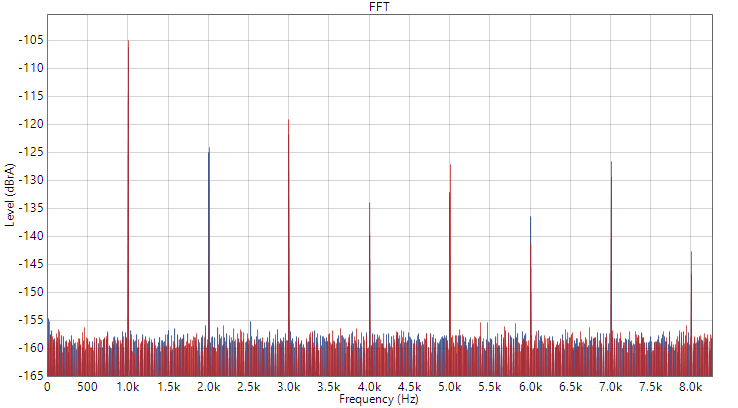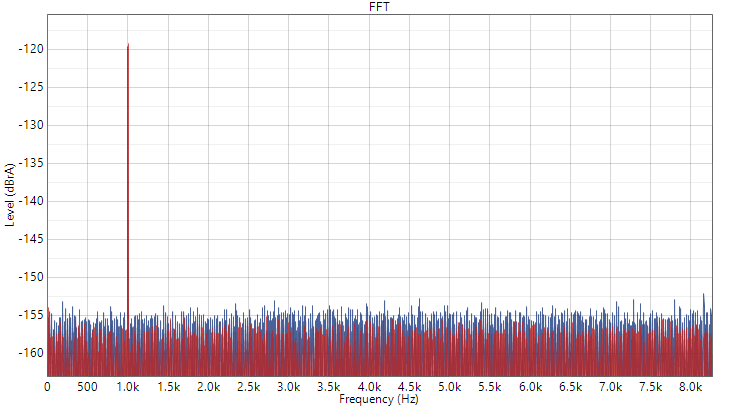Hi everyone — I’m tuning HQPlayer filters and dithers for intimate, natural vocals on the HEDDphone Two. I’m currently comparing sinc-Lh vs gauss-xl and using NS9, but curious about others’ experience with LNS15 and other shapers for PCM 768kHz playback. I’m focused on realism, depth, and musical connection — not just measurement fidelity.
@GoldenSound Just bought a CYAN2 and am grateful for the review and settings.
Brief history. Was going to go to Magna to get a May L3 (an excuse to go to some concerts and dance in Amsterdam and The Hague), Magna recommended the L2 and that same day accidentally bought a Wildism L2 off a mate of yours in Islington. Soon found myself using HQ Player as I had a spare Mac Mini. Good DAC, but large and runs hot and needs to warm up. As the CYAN2 does all I want, with optimised usb and I will only use for native DSD via a Pulsar streamer, and it is small and runs cool, it made sense and so far so good.
I was wondering:
- Why recommended bits is 20 for May and 18 for C2
- You have DirectSDM toggled on. What is that about?
- You have PCM 6DB gain toggled and 0.00 PCM gain compensation. Jussi’s May recommended settings were PCM 6DB gain off and -6dB PCM gain compensation. Do these settings amount to the same thing?
With the C2 using ASDM7EC-light and sinc-Mx on an M2 Pro 16gb I’m getting quite a long delay before I hear anything, but then faultless playback. Never had the the delay with the L2. Think I was using poly-gauss-long. Wondering what could be the cause. Any idea?
This is just because the converters in the May/Spring 3 are more linear than the one in the Cyan 2. So the noise shaper can operate at a higher bit depth.
When setting bit depth, you want to ensure that the noise shaper is operating entirely within the linear range of the DAC, otherwise the DAC won’t actually be doing what the noise shaper is instructing it to do as it’s not accurate at that level. By setting this correctly you actually extend the linearity of the DAC within the audible band quite substantially.
If you set it too low, for example setting it to 15 bits even if your DAC is linear to 18 bits, it’s usually fine, you may get a little less dynamic range if you go way too low but given as the noise shapers like LNS15 can give you quite a massive improvement to dynamic range you’ll likely end up with more actual effective dynamic range with LNS15 at 16 bit than you would using the DAC natively with no HQPlayer.
But if you set it too high, say 24 bits, then the DAC isn’t accurately reproducing the noise shaper’s output at all and so it’s effectively pointless. You end up with less actual dynamic range than if you correctly set it to 20/18 bits.
As a practical example, here’s a test I did on the Hifiman EF400. Inherently it’s only linear to about -80dB, so small signals below that don’t get reproduced particularly accurately.
If we either run it with no HQPlayer, or use HQPlayer but with bit depth set to ‘default’ or 24 bits, then when playing a really small -120dB signal this is what we get at the output of the DAC:
Not only is there a fair bit of distortion, but if you look at the 1khz tone itself, it’s not even the correct level, at -105dB instead of -120dB.
But if I instead set the noise shaper bit depth to within the linear range of the DAC (in the case of the EF400 that’s 15 bits), then this is what we get:
Now the distortion is gone, and the 1khz tone is much much closer to the correct level of -120dB. The linearity of the DAC has been improved substantially and small signal accuracy will be drastically better.
The May’s converters are more accurate than the Cyan 2’s with about 12dB more inherent linearity, so you can set the bit depth a bit higher.
This setting means that when feeding DSD source material to HQPlayer, it will pass it through untouched rather than doing any further processing. With DSD source material, you already have the effects of whatever modulator/noise shaper was used to create it baked in, and so remodulating in HQPlayer usually is not a good idea and won’t provide a benefit. If you have actual DSD files it’s best to just play them natively with no further processing, since you can’t get the benefits of a higher dynamic range modulator like you can when converting a 24 bit PCM file to DSD in HQPlayer since the source material was already limited by the modulator used to make it.
These should give the same end result, but you can change to Jussi’s settings if preferred just in case.
Personally though I much prefer PCM on the May/Cyan 2 over DSD anyway so I tend to stick to PCM.
This is exactly what I want to learn about currently. I unfortunately ordered the Topping Centaurus when I should have gotten the Cyan, but my knee jerk reaction was to go for the Topping because it has BT PEQ and OS. My use case will be away from a computer by design and I need to know how to OS without one.
Is this possible?
Topping has released 2 new firmware for the Centaurus since Golden’s video which I believe addresses some of his concerns. I would be good to hear an update from Golden about this. I am a Centaurus owner and I am very happy with this DAC.
I’ve stumbled onto a excellent upgrade with PGGB-RT. I’ve been using the Sonarworks S/W for EQ, and it works well, BUT, when I combine it with PGGB-RT, ran into some limitations. The boffins From PGGB-RT suggested that I use AutoEQ app and apply the EQ from the site to PGGB-RT convolution EQ setting in PGGB-RT. Since the majority of my headphones are Sennheiser’s, the site had ready made EQ settings available.
So, using the EQ settings for the HD 660S2 in PGGB-RT, taking a .WAV file at 44.1 KHz upscaled to 705 KHz, using a Topping D900 DAC and a Bryston BHA-1 headphone amp, the HD 660S2 sounded like a completely different, and much more expensive headphone. To say I was taken aback was an understatement. I tried other headphones briefly (HD 650, Ultrasone Edition 8), and also experienced a major improvement in sound.
This has me questioning the explosion in flagship headphones, and their very high prices. Thoughts?
I’ve had mixed results with the EQ settings from AutoEQ. You might try using oratory1990’s presets instead. Note that the oratory1990 AutoEQ preset is not the same. The AutoEQ preset is based on oratory1990’s measurement but the filters are created using an algorithm. The preset filters from oratory1990’s Reddit are created by him.
Even better in my opinion are Listener’s presets.
You might need to convert the parametric EQ into convolution filters to use with PGGB-RT. REW can do this and the output is mathematically equivalent.
I’ve tried AutoEQ with the Sennheiser HD 660S2, HD 650, and Ultrasone Edition 8. Pretty happy with them.
I’ll check out the other items listed. Thanks.

